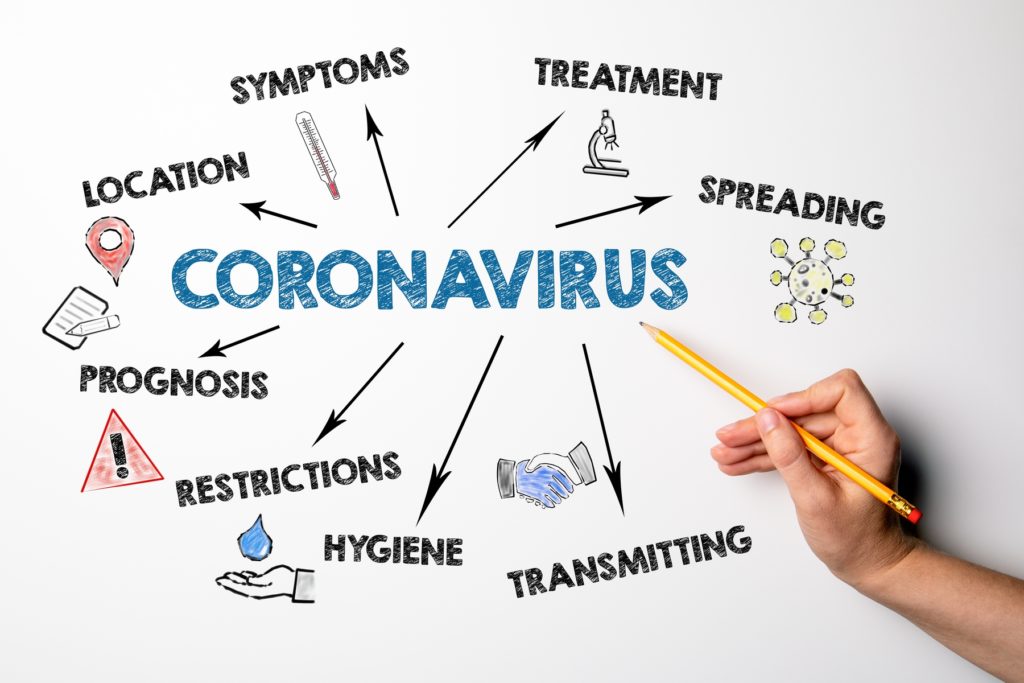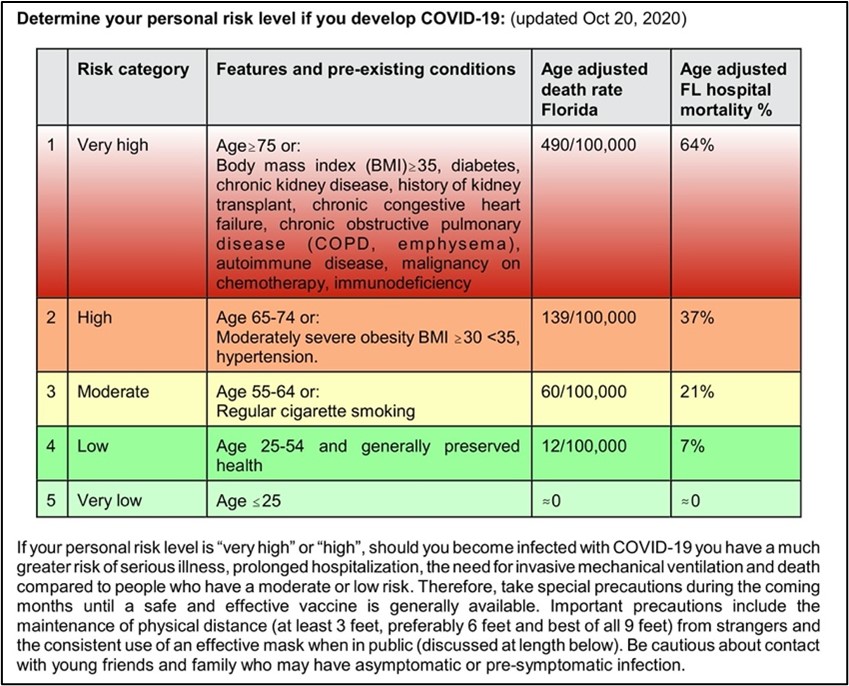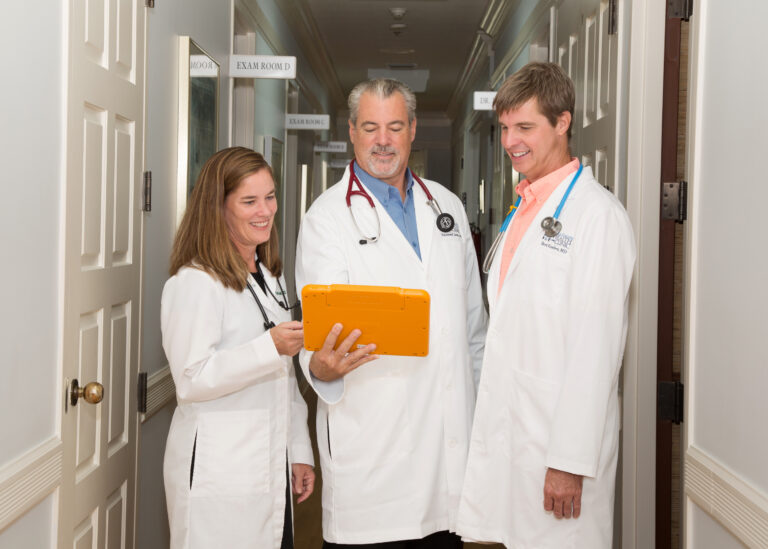
COVID-19 Pandemic: Lessons for All of Us

As all of us continue to follow the progress of our fight against COVID-19 in America and the world, there is no doubt that statistical data takes center stage in the reporting and understanding of the pandemic. For some help in understanding this information, we turned to Dr. Allan Feingold. He is a pulmonary specialist and medical director of Occupational & Environmental Medicine at South Miami Hospital, which is part of Baptist Health South Florida. Dr. Feingold and his team have been actively tracking daily information on the COVID-19 pandemic. He recently shared his perspective and data during the third “Back to Boca” Grande Rounds webinar, hosted by the Boca Grande Health Clinic, Boca Grande Health Center Foundation and Health Network Foundation on Oct. 21. This webinar is archived and can be viewed at https://vimeo.com/472401784/4bfdc756d2.
What does the COVID-19 positivity test rate tell us? The positive test rate is of interest and gives us an overview of the presence of the virus in our population. On an individual basis, a positive test helps in the clinical management of the patient and in appropriate epidemiologic/quarantine planning and contact tracing.
What data matters most? The hospitalization rate and death rate are powerful indicators of severity of disease. These numbers are not greatly influenced by the number of tests given.

What is the timing sequence of these data points? In the general population, a spike in positive test rate is often followed in two to four weeks by an increase in hospitalizations, which is followed in three to six weeks by an increase in mortality.
How does age factor into patient risk? Only .82 percent of Florida COVID-19 deaths have occurred in patients less than 34 years old. If you are in the 75-84 age range and require hospitalization, your mortality rate is 50 percent. If you are over 85 years old, your mortality rate is 80 percent. There are other health and behavioral factors to be considered.
What is our best strategy now? Safe and effective vaccines are on the way. There are valid reports in the peer-reviewed medical literature that at least four vaccines are in the final phases of testing. These vaccines are being developed by Moderna, AstraZeneca, Pfizer and others in the United States and abroad. Until these vaccines have been approved by our FDA and are widely distributed, our best efforts to prevent viral spread lies in our own hands. We should use the proven behavior modifications of appropriate mask wearing, social distancing and frequent hand washing in addition to staying home if we are ill.
There are several important facts about future vaccines which are as yet unknown. We do not know how effective they will be in imparting immunity and how long the immunity will last. Importantly, we do not know how widely vaccination will be accepted by our general population. For these reasons, we are likely to be practicing the current U.S. Centers for Disease & Prevention recommended virus control measures for some time. We are all in this together and this guideline practice should allow for meaningful and productive reopening of our society. “Back to Boca” is a four-part free webinar series to provide sound facts about COVID-19, including recommendations for safe travel and safe living on island this season. Recordings of all webinars in the series can be found at https://bghcfoundation.com/webinar-series/.
More Recent Healthcare News

Every year we celebrate Doctor’s Day and Nurses Week, but there’s one more recognition event that’s just as important. Administrative Professionals Day is April 24th this year and I want to be sure to bring special attention to three incredibly special members of the Boca Grande Health Clinic family. Jonna Foos, Director of Operations Jonna […]

April, the birth month of James Parkinson, is Parkinson’s Disease Awareness Month. Parkinson’s is a degenerative syndrome that results in the gradual loss of brain circuitry involved in movement, thinking and behavior. According to the National Institutes of Health (NIH), the first clear medical description of Parkinson’s Disease as a neurological condition was written in […]

March 30th marks a special day on our calendar – Doctor’s Day! It’s a time to honor those who dedicate their lives to caring for us. At the Boca Grande Health Clinic, it’s the extraordinary team of board-certified physicians – Dr. Raymond A. James, our Medical Director; Dr. Bret Kueber, the Assistant Medical Director; and […]

Ask a Doc: Kicking Colon Cancer in the Butt
March 22, 2024According to the American Cancer Society, the lifetime risk of developing colorectal cancer is about 1 in 23 for men and 1 in 25 for women. The death rate from colorectal cancer has been dropping in older adults for several decades. Unfortunately, colorectal cancers now rank as the leading cause of cancer death in men […]
